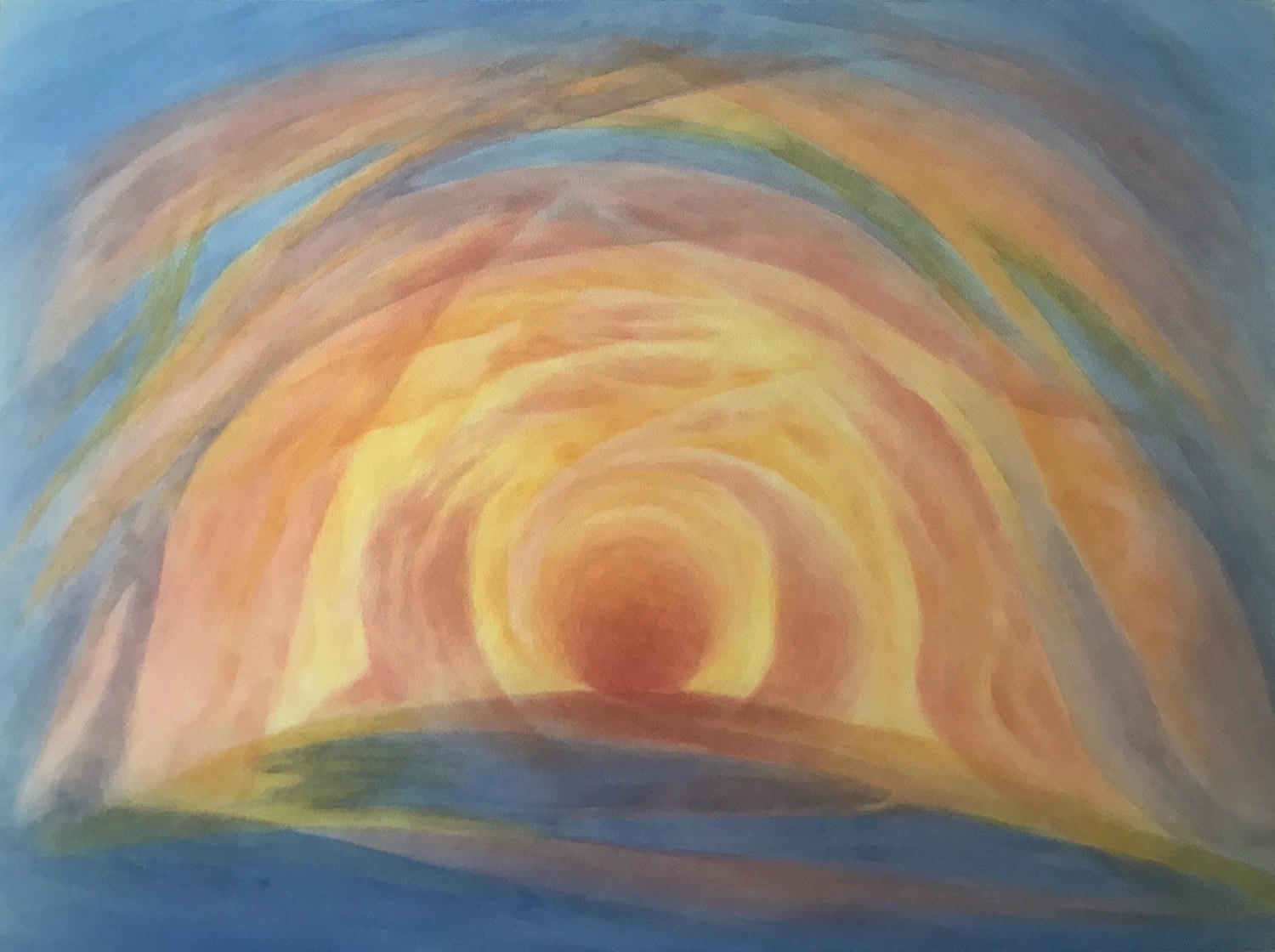We are a Steiner/Waldorf school
Going on a nature walk, growing vegetables, climbing trees are great ways to appreciate and learn about the life cycle and anatomy of a plant. Not just reading or talking about it. When children understand with their feeling, their sentiment, and their inner disposition, they can more easily understand intellectual and abstract concepts too.
This learning-by-doing approach of Tuburan through engaging the head, heart and hands is also known as Steiner/Waldorf education. The originator, Rudolf Steiner, started the first Waldorf School in 1919 in Stuttgart, Germany for the children of the workers at the Waldorf-Astoria Cigarette Factory as a response to the destruction of World War I. Today there are 1,080 Steiner/Waldorf schools in the world; Tuburan is one of the 11 Steiner/Waldorf schools in the Philippines (source).
What’s typical in Steiner/Waldorf schools is that teachers create learning environments that will light a fire in the child and draw out what’s already inside them. At Tuburan, too, this is done by surrounding children with age-appropriate, positive, enjoyable, loving atmosphere and activities that fully engage their minds, hearts and bodies. Children practice form-drawing, painting, storytelling, singing, games, crafts, going on nature walks, and so on. Children also learn to play different musical instruments, gardening, handcrafting and more. In short, art, movement and music are used to teach arithmetic, science, language and all other subjects.
Children who are not just glued to their seats the whole day but are free to be, enjoy learning. Their inner responsibility and inner motivation for their own learning is strong. Children who are truly free like this love to engage in discussions, to complete projects, to research, and to write. They don’t need any external motivation like grades, praise, reprimands and punishment.
Curriculum and pedagogy
Understanding the nature of human development is the foundation of what and how we teach children from early childhood (3-7 years old) to middle school (7 to 14 years old) to high school (14 to 18 years old).
What’s alive in children at 3-7 years old is that the world is good.
They learn best through play and imitation. So we encourage them to move
and explore and test themselves and their environment. There’s a lot of
free play, arguing, compromising, and becoming friends again.
What’s alive in children at 7-14 is that the world is beautiful.
They
learn best through art, movement, and music. Singing, telling stories,
painting, drawing continue – as well as gardening, farming, constructing
buildings and materials, playing musical instruments, and more.
What’s alive in children at 14-18 is a quest for the truth.
This is
done best at this age by challenging children’s thinking. There’s a lot
of independent work and group work – reading, writing, researching,
making science projects, directing and performing plays, going on field
trips, and more.
Steiner/Waldorf education begins with the ripening of the physical body, then the feelings, and last the thinking.
Located in Davao City, Tuburan strives to integrate the cultures of Mindanao and Asia – in its songs, stories, festivals, and use of musical instruments.
Let the children be
Steiner/Waldorf education changes students profoundly. At the start of the school year, there are children who are painfully shy. They are so timid they hardly play. They are afraid. They don’t climb trees. Neither do they dare climb on the rocks and jump from one stone to the next.
After several months comes the big change; children develop self-confidence! You can see it in their movements which are expressive and free.
Timid children who seemed to have no energy, after several months, they’re romping around, laughing, and very physical. They become very strong! They lose their fear of climbing trees and of climbing on rocks and jumping from one stone to the next.
That’s because at Tuburan we let the children be. We allow them to move and talk freely. As much as possible we don’t stop them and forbid them from playing and settling their own conflicts.
This is what draws out their full potential – their inner being.
